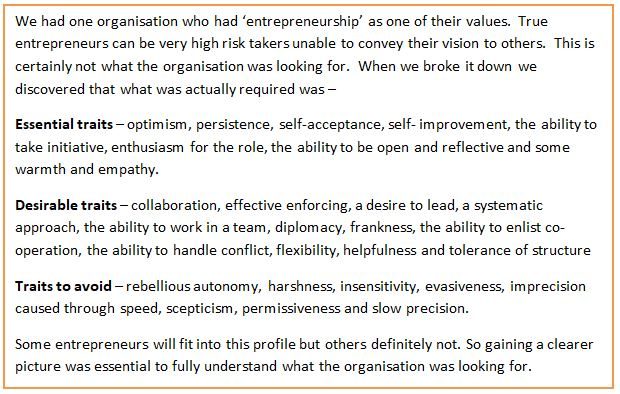How re-aligning culture can put you at the front of the queue in 2018

As we begin 2018 and the uncertainty over Brexit continues companies and organisations will be positioning themselves to be at the front of the queue in markets new and/or old. The productivity equation is a simple one –
Happy, talented people create great working environments where people want to be productive!
Achieve this and you –
- Promote a productive culture
- Reduce absenteeism
- Reduce employee attrition rates
- Promote innovation and creativity
So what are the factors that make people want to work for your organisation? Here are 8 to start with –
They may have expectations for –
- Development and self-improvement, challenges
- Appreciation and Recognition for work achieved
- Remuneration – may not be top of the pole
- Communication style
- Authority – autonomy, initiative, leadership
- Personal expectations – being informed, wants help
- Social – outgoing people often like to mix work with pleasure (or not)
- Work life balance – flexible working time, stress management
If people have wants and desires in these areas and you are not providing them then they are unlikely to be fulfilled in the role and will cost you money when they leave, often after only a few short months. So what’s the answer – easy – measure them! You can do this quickly and effectively for individuals, groups and/or organisations through one simple objective on line questionnaire.
OK, so now you have measured your cultural expectations – what if they don’t fit your productivity needs? What if people aren’t happy, have no authority expectations or development expectations that are crucial to your culture? So now we look to the future to implement the changes necessary. First we need to know what they are.
Most organisations have a set of values which they display on websites and on walls around the organisation. In my experience when I ask people what they mean or even what they are, despite being displayed on the wall, they have little or no idea how to interpret them into behaviours. This is because they are written in vague language that is open to interpretation. Let me show you what I mean by the use of a simple model of alignment –

Robert Dilts’ Alignment Model based on the work of Gregory Bateson
The above Alignment Model is particularly useful when creating a change. Each level of the model impacts on the levels below it. In order to create change you would need to focus on each level and ensure each is in place in order to impact any lasting change on the levels below, which will then result in alignment.
Most organisations have a fairly clear idea of their purpose and the roles that people play within that. They also have some words to represent the values of the organisation and that’s where it stops. Those values never get translated into behaviours and therefore people are unsure of how to act them out. So what’s the answer? Again it’s simple – decide which behaviours demonstrate each value and measure them! You can use the same answer sets as for the Engagement and Retention survey – the data will just be arranged differently to align with the values. You then have the information you need to –
- Add to existing recruitment processes or create new ones using Harrison Assessments
- Design development programmes based on real data
- Measure your cultural expectations annually quickly, cost effectively and accurately


If you would like to know about how to accurately assess Engagement and Retention factors and align cultural values please call Pat on 07768 922244 or email pat@quadrant1.com.
Find out more about the Alignment Model in ‘Brilliant NLP’, co-authored by Pat Hutchinson and David Molden available here


